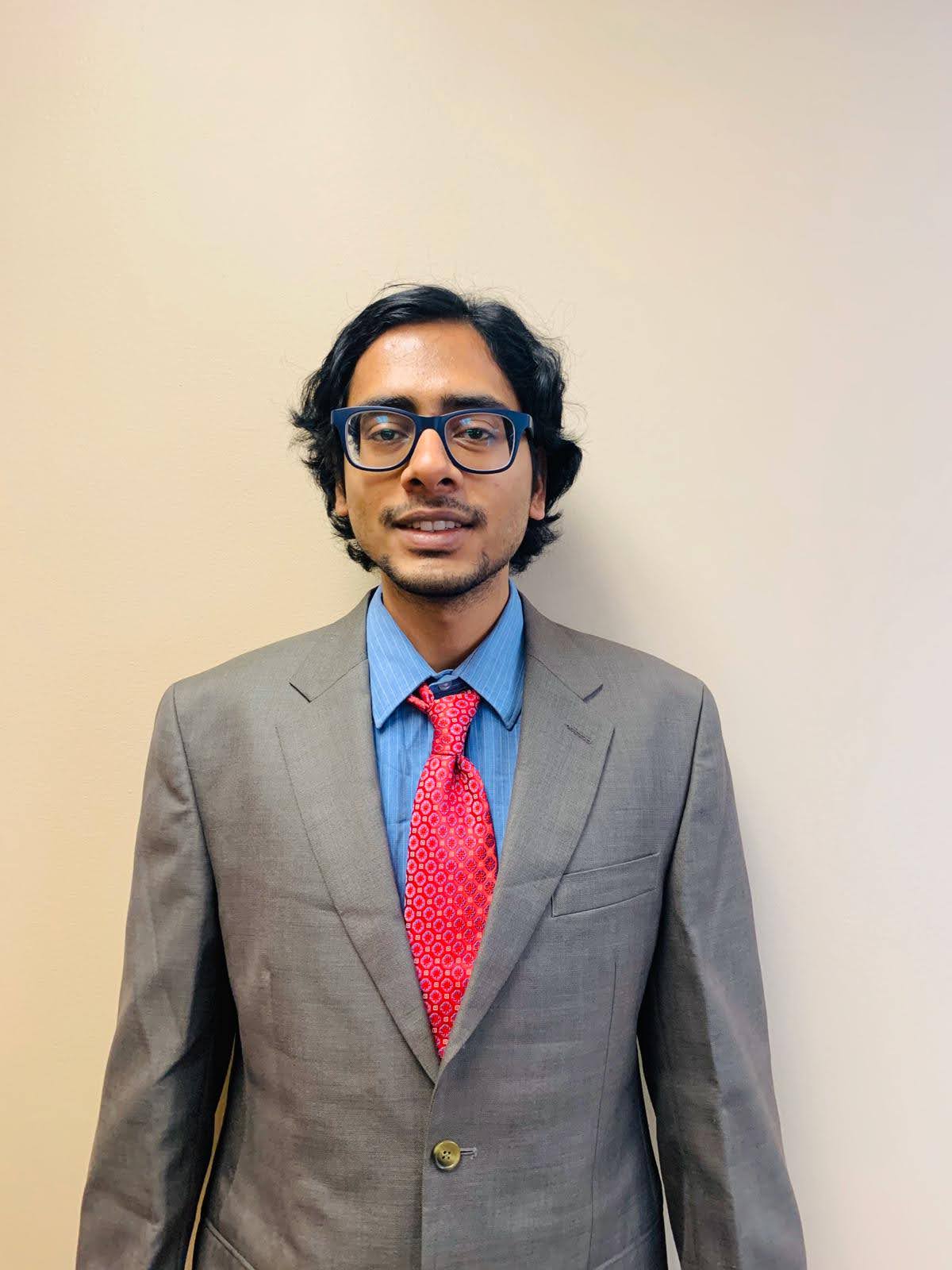Arun Balajiee
PhD Student, Intelligent Systems Program, University of Pittsburgh

ISSP 2030 Spring AI Forum Week 5
19 Feb 2021 - Arun Balajiee
Title: Predictive cell-specific gene regulatory models
Date: 02/19/2021
Speaker: Hatice Ulku Osmanbeyoglu, Assistant Professor, ISP Faculty Candidate , DBMI
In this talk, Dr. Hatice talked about the different cells whose gene profiles and surface profiling could help in understanding the causes for cancer and auto-immune diseases. The core theory behind this is the process of upstream and downstream pathways of signals at each cell surface which is the process to fight cancer and auto-immune diseases. But collecting a large dataset of such transcription pathways at each cell surface, Hatice et al. discussed the possibility of building a model named SPaRTAN, using linear regression and L2-regularization. This is a supervised Machine LEarning approach to identify the gene level factors that affect and the cell surface level protein that affect the green expression and cell expression. Solving the equation using regularization and elastic linear regression, by reducing the dimensionality via SVD. From these models, the common and different cell regulators for B-Cell expression in spleen vs lung or healthy individual vs a diseased individual can be differentiated. Using CITE-seq data, with dimensenality reduction, a scatter plot can reveal the high expression of CD4 and CD8 cells with gene expression as well protein expression.
In summary, the machine learning model built by Hatice et al. SPaRTAN links cell-specific upstream signaling pathways to downstream Transcription Factors, decipher cell regulators such as cell surface receptors and whether given cell types have different cell regulators such as CD8 or CD4.
From this talk, we understand the possibilities of applying machine leanring to the most complicated life processes such as the ones that occur in a human cell, with sufficiently structured and recorded data in formats that can be processed by an ml model. Using such a process, one can build models to predict how effectively a human cell can fight cancer and auto-immune diseases.